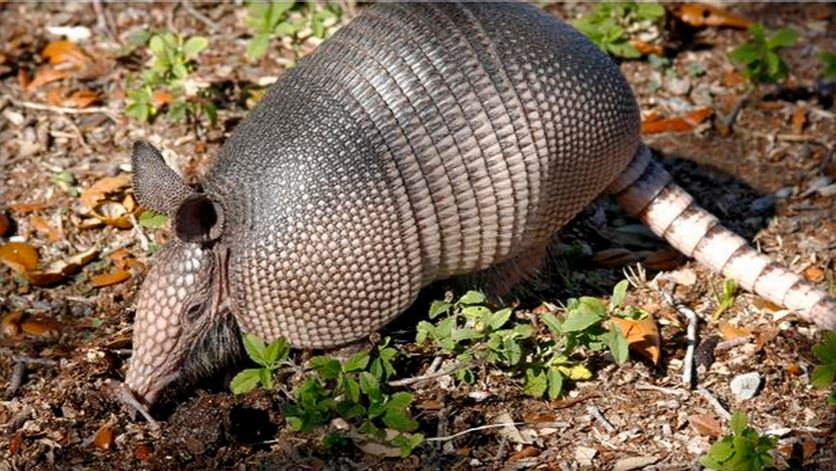(CBS News) Health officials in Florida report that in the last five months, three people in Volusia County have been diagnosed with leprosy.
Two of the cases are thought to be linked to recent contact with nine-banded armadillos. The leathery animal is suspected to be a carrier of the bacteria in the southern U.S., according to a paper published in the New England Journal of Medicine in 2011 that analyzed the genomes of one wild armadillo and three U.S. leprosy patients.
According to CBS News, leprosy, also known as Hansen's disease, is a rare condition caused by the bacteria mycobacterium lepra. While a majority of humans are not susceptible to the bacteria, it's transmitted through droplets from the nose, mouth and through close contact with someone who is sick but has not been medically treated with drugs.
The bacteria multiply slowly in the human body, and the incubation period can last as long as 20 years before the symptoms actually emerge. Leprosy affects the skin, peripheral nerves, lining of the respiratory tract and eyes. Over the years, it damages tissue and can cause disfigurement of the skin, bone and cartilage. Tumor-like growths, collapsed facial features and claw hands are common once the disease has progressed.
Most people think of leprosy is disease that disappeared with biblical times when it was considered a curse from God and associated with committing sins. The Hebrew word for leprosy used in the bible -- tsara'ath -- loosely translates to "unclean."
According to the World Health Organization, there were 189,018 known cases and 232,857 new cases diagnosed worldwide in 2012. Leprosy still has a presence in Bangladesh, Brazil, China, Côte d'Ivoire, Democratic Republic of Congo, Ethiopia, India, Indonesia, Madagascar, Burma, Nepal, Nigeria, Philippines, Sri Lanka and Tanzania. All report approximately 1,000 cases each year.
According to the U.S. Centers for Disease Control and Prevention, there are approximately 100 new cases of leprosy each year, and most are seen in southern states including Texas, Louisiana and Florida. Between 1994 and 2011 there were just over 2,300 new cases of leprosy diagnosed in the U.S.
More stories:
Two-headed animals!


